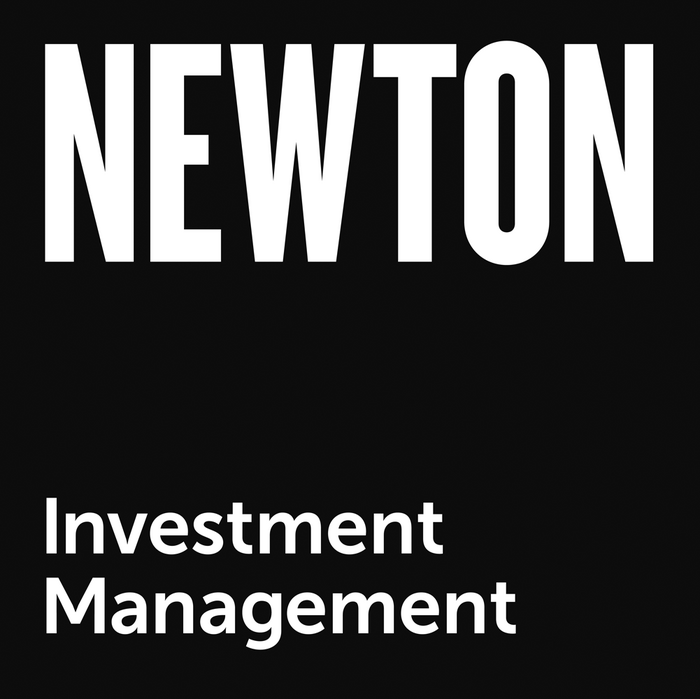
A more inflationary environment over the medium term is likely to have profound implications in terms of how different asset classes behave and are correlated, and this will have repercussions for the way DC investment strategies are constructed.
Ultimately, determining whether we are living in an inflationary or disinflationary world is the most fundamental question that long-term investors must get right, and will have repercussions in terms of the type of investment strategies that thrive. While the last 40 years have been disinflationary, arguably the last 10 years have also been deflationary. That is not to say that the prices of many things have not gone up, as of course they have, and in many cases significantly. But expectations of inflation have been declining for more than 30 years and have been rock-bottom since the 2007-8 global financial crisis.
For a decade now, the behaviour of all investors, from the smallest individual investor to the chair of the Federal Reserve, has been predicated on the belief that there is no chance of a sustained acceleration of future inflation. The most pervasive and powerful piece of received wisdom in investing has been that we are destined for a future of low growth thanks to too much debt and demographic trends.
Structural bull markets
Investing in a disinflationary world has been a relatively straightforward affair. Both equities and bonds - the mainstay of investment portfolios - have been in structural bull markets for two generations. Furthermore, equity and bond-market returns have been negatively correlated, particularly around turning points in the economic cycle.
This made portfolio construction easy: the lion's share of a portfolio could be dedicated to equities, and in order to hedge against equity bear markets, a substantial portion of the portfolio could be allocated to government bonds. In the event of an equity bear market, bonds would appreciate, offsetting losses on equity holdings.
Meanwhile, bonds would deliver capital losses to investors once the equity bear market came to an end and markets and economies reflated, but, after the initial recovery, disinflationary forces would limit the rise in bond yields. At this point in the market cycle, government bonds would serve to hedge against deflation and an equity bear market while paying investors an income along the way. Investors really had the luxury of an equity hedge which, aside from during the initial recovery from an equity bear market, delivered a positive return.
The stellar returns delivered by this strategy, alongside its relative simplicity, have seen it steadily institutionalised by the investment-management industry, with the 60/40 equity/bond portfolio becoming the mainstay of multi-asset strategies. This approach was taken further by risk-parity funds, which leveraged up their bond holdings so that equity and bond allocations contributed equal risk, measured in terms of volatility, to the portfolio. By institutionalising the 60/40 strategy, the industry has placed a massive bet on the market conditions that led to this strategy flourishing continuing. By extrapolating the past rather than adopting conscious design, the fund management industry has calibrated a structural asset allocation that thrives when disinflationary forces dominate.
Unpicking the cosy consensus
But what happens if we enter an inflationary world where expectations of inflation begin to rise?
Despite the subject of inflation receiving considerable attention since the policy response to the Covid-19 crisis began, the consensus still rejects the idea that we will see a sustained acceleration of inflation in the future, believing that the forces of secular stagnation are too strong.
Inflation is considered to be inextricably bound up with demographics: we are getting older and having fewer children, thereby dooming the species to fade away in a deflationary setting. At the same time, technological advances are such that robots and artificial intelligence are going to replace mere humans, creating a world where bread and circuses continue to get cheaper and cheaper. Furthermore, the burden of debt is a millstone that hangs around the neck of economies, keeping any nascent inflationary pressures in check.
The strength of this consensus is precisely the point. The greatest investment risk is not something that has already been imagined; it is not a recession or a eurozone crisis, a falling out between the US and China, or a bear market. The greatest risk is a failure of imagination in understanding how the game might fundamentally change.
We collectively believe we are in a deflationary world because the stock of common knowledge, accrued from our collective learned experience, tells us we are in a deflationary world. It is hard to imagine when you are immersed in it, but the common knowledge can change. That includes common knowledge of the fundamentally inflationary/deflationary nature of our world.
Seeking out structural growth opportunities against an evolving backdrop
Inflation is clearly a significant concern for DC schemes, especially when taking into account that a key objective is to increase the real wealth of members and to ensure that their savings pots keep up with the cost of living and support their lifestyle at retirement. In our new paper ‘A monetary regime change or just a mild bout of inflation?' we address the issue of inflation and explore how robust, balanced portfolios could be structured to navigate such an environment.
Important information
This is a financial promotion. For UK professional investors only. These opinions should not be construed as investment or other advice and are subject to change. This material is for information purposes only. Any reference to a specific security, country or sector should not be construed as a recommendation to buy or sell investments in those securities, countries or sectors. Issued by Newton Investment Management Limited, The Bank of New York Mellon Centre, 160 Queen Victoria Street, London, EC4V 4LA. Registered in England No. 01371973. Newton Investment Management Limited is authorised and regulated by the Financial Conduct Authority, 12 Endeavour Square, London, E20 1JN. Newton Investment Management Limited is registered with the SEC as an investment adviser under the Investment Advisers Act of 1940. Newton Investment Management Limited's investment business is described in Form ADV, Part 1 and 2, which can be obtained from the SEC.gov website or obtained upon request. ‘Newton Investment Management Group' is used to collectively describe a group of affiliated companies that provide investment advisory services under the brand name ‘Newton' or ‘Newton Investment Management'. Investment advisory services are provided in the United Kingdom by Newton Investment Management Ltd (NIM) and in the United States by Newton Investment Management North America LLC (NIMNA). Both firms are indirect subsidiaries of The Bank of New York Mellon Corporation (‘BNY Mellon').









